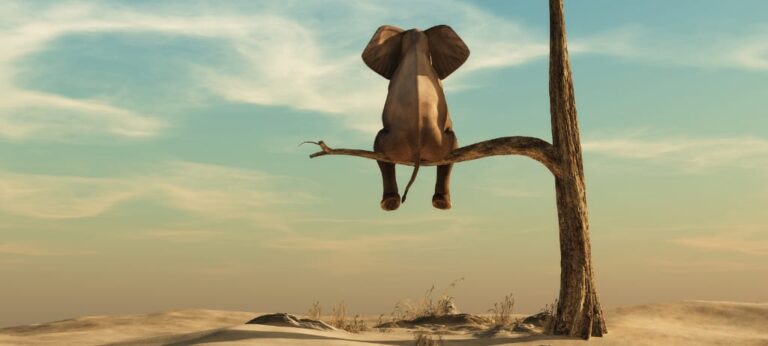Art movements and styles have undergone significant changes over the centuries, reflecting the cultural, social, and political developments of each era. Here is a brief overview of some of the most important art movements from the Renaissance to contemporary art:
Renaissance (1400s-1600s) – The Renaissance marked a major turning point in the history of art, as artists started to experiment with new styles, techniques, and subject matters. During this period, artists such as Leonardo da Vinci, Michelangelo, and Raphael created works characterized by realism, perspective, and a new interest in classical themes and ideals.
Baroque (1600s-1700s) – The Baroque style was characterized by its dramatic and theatrical use of light, color, and motion. It was often used to convey religious themes, with works such as Caravaggio’s “The Conversion of St. Paul” and Bernini’s “The Ecstasy of St. Teresa” being prime examples.
Rococo (1700s) – The Rococo style emerged as a reaction to the grandeur of the Baroque. It was characterized by its lighter, more delicate, and playful aesthetic, often featuring pastel colors and intricate details.
Neoclassicism (1780s-1840s) – The Neoclassical style was inspired by the classical ideals of ancient Greece and Rome. It emphasized symmetry, simplicity, and clarity, with artists such as Jacques-Louis David creating works that celebrated the heroic values of the ancient world.
Romanticism (1780s-1840s) – The Romantic movement rejected the Enlightenment ideals of the neoclassical period and instead celebrated emotion, nature, and the imagination. Artists such as Caspar David Friedrich and J.M.W. Turner created works that expressed the dramatic and intense feelings of the human experience.
Impressionism (1860s-1880s) – The Impressionist movement marked a major shift in the history of art, as artists started to experiment with capturing the changing qualities of light and color. Works by Claude Monet, Pierre-Auguste Renoir, and Edgar Degas are considered masterpieces of the movement.
Expressionism (1900s) – The Expressionist movement was characterized by its use of vivid color, bold brushstrokes, and a distorted sense of space and form. Works by artists such as Emil Nolde, Max Beckmann, and Ernst Ludwig Kirchner are often seen as powerful expressions of the social and political tensions of the time.
Surrealism (1920s-1930s) – The Surrealist movement sought to break down the boundaries between reality and the subconscious mind, often creating works that were dreamlike and fantastical in nature. Artists such as Salvador Dalí, René Magritte, and Max Ernst are considered masters of the style.
Abstract Expressionism (1940s-1960s) – The Abstract Expressionist movement marked a major shift in the history of art, as artists began to experiment with abstract forms and non-representational styles. Works by Jackson Pollock, Willem de Kooning, and Mark Rothko are considered landmarks of the movement.
Pop Art (1950s-1960s) – The Pop Art movement emerged as a reaction to the abstract styles of the preceding period, instead focusing on the use of mass-produced objects and consumer culture as subject matter. Works by artists such as Andy War
EXTRA:
Contemporary Art – Refers to art produced in the present time, typically post-World War II. It encompasses a wide range of styles, techniques, and mediums, including painting, sculpture, installation, performance art, video art, and new media. Contemporary art often reflects and responds to current cultural, political, and social issues, and is characterized by its diversity and pluralism. It is constantly evolving, and includes works produced by artists who are still alive or who have recently died.
Digital Art – A type of art created using digital technology, including software, computer programs, and various digital tools. It encompasses a wide range of styles and techniques, and can include anything from digital painting and drawing, to 3D modeling and animation, to video and interactive installations. Digital Art often combines traditional art techniques with cutting-edge technology, and provides new opportunities for artists to experiment and express their creativity in new and innovative ways. The rise of the internet and digital media has greatly expanded the reach and accessibility of Digital Art, and it has become an increasingly popular and influential art form in the 21st century.
AI Art – Refers to artworks that are generated, manipulated, or created by artificial intelligence. AI algorithms can be trained on large amounts of data and can create art in various forms such as images, videos, music, and even sculptures. AI Art can be used to explore new forms of creative expression and to push the boundaries of what is considered art. However, the use of AI in art is a contentious issue and some people argue that it is not truly “art” as it does not involve human creativity and intention.
